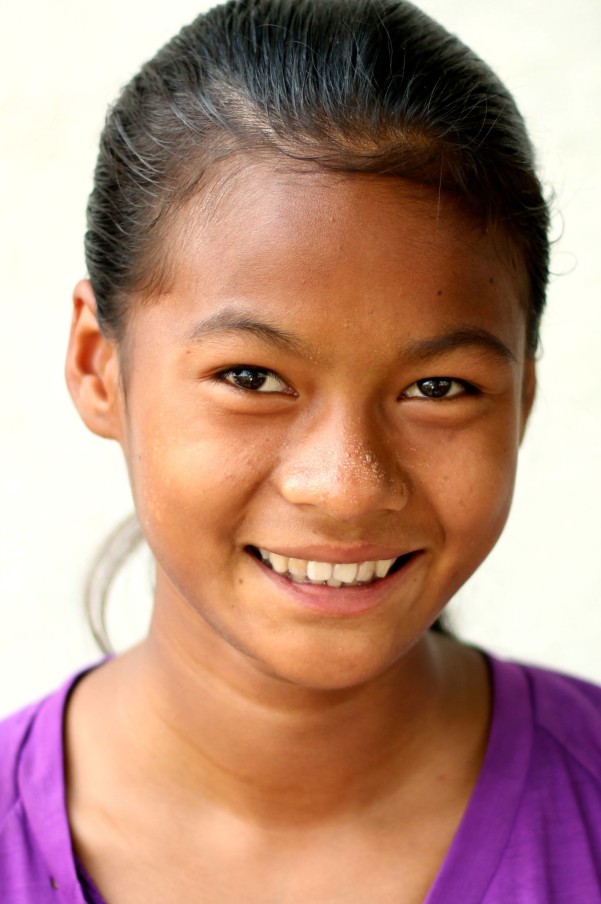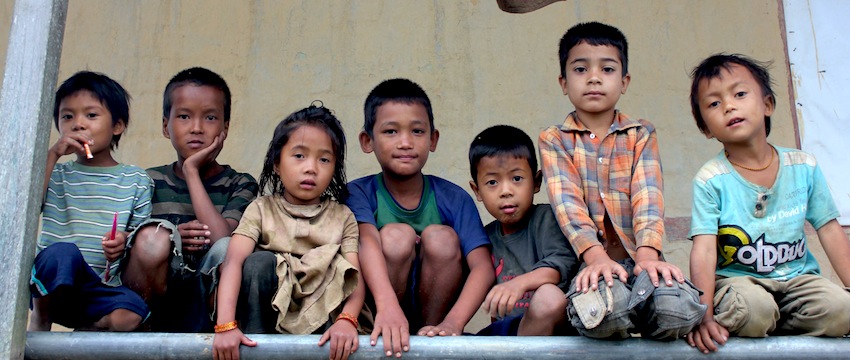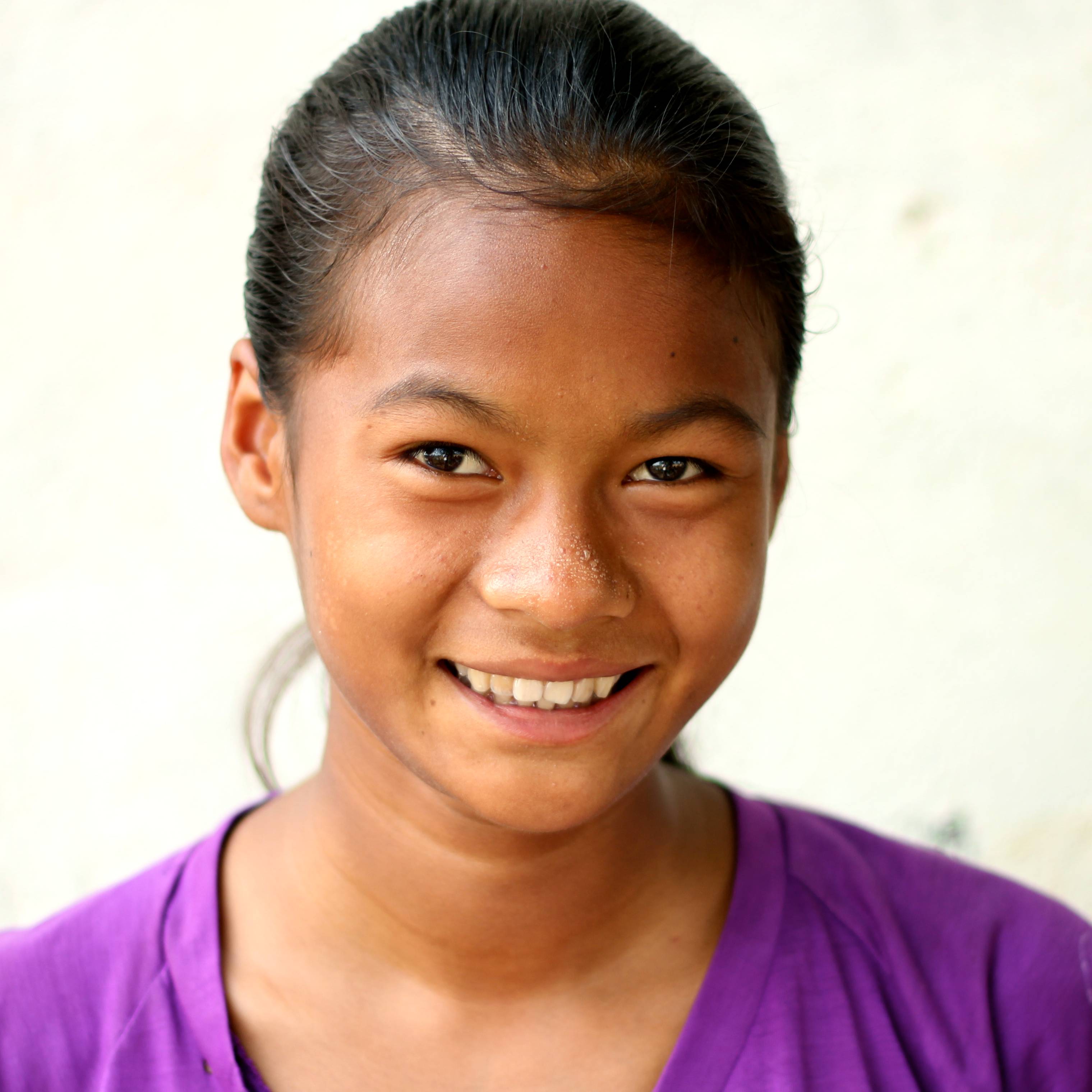 In the midst of human rights struggles across the world, the trials of the Tharu people in Nepal are often overlooked. For the past 60 years, the Tharu have been enslaved, trafficked, discriminated against and impoverished. ServLife staff members see the plight of the Tharu almost daily. Their story deserves to be told.
In the midst of human rights struggles across the world, the trials of the Tharu people in Nepal are often overlooked. For the past 60 years, the Tharu have been enslaved, trafficked, discriminated against and impoverished. ServLife staff members see the plight of the Tharu almost daily. Their story deserves to be told.
Much of the Tharu’s persecution began in the 1950’s. For years, they owned fertile land in the Terai region. Because they possessed a natural resistance to malaria, they could farm land that others could not. When malaria was eradicated from Nepal in the 1950’s, other people groups began moving into the region. Since the Tharu had lived in isolation for years and had no formal records for the land, these new settlers registered the land in their own names, stealing it out from under the Tharu.
Once their land was taken, the Tharu found themselves at the bottom of an unfamiliar caste system. With no means of income, they were forced to farm the land as employees of the new “owners.” Eventually, this employment changed to forced labor in a system known as Kamaiya.
Kamaiya, a type of bonded labor, exists mostly in southern Nepal among the Tharu, although other people groups have also been subjected to it. In the Kamaiya system, those in poverty and without land are given loans by wealthier landowners. In exchange, the loan recipient must live with and work for the landowner. Interest is charged at an exorbitant rate, preventing repayment and enslaving individuals and families for years.
Tragically, Kamaiya frequently takes the form of human trafficking. Kamaiya occurs most commonly today when impoverished families desperately sell their daughters into bonded slavery to wealthy families. Without support or protection, many of these girls are exploited sexually.
Officially, Kamaiya was outlawed in 2000, yet some Tharu advocates estimate that more than 5,000 Tharu girls are still in bonded slavery today. Additionally, many of the 1.7 million Tharu people in Nepal are still impoverished and landless. While the government promised assistance for the Tharu, little has been done in the last 14 years to alleviate their suffering and lift them out of poverty.
An essential part of ServLife’s mission to build global community is helping restore the God-given dignity each person deserves. Caring for impoverished Tharu children, offering micro-loans to provide income for Tharu families and sharing the hope of Christ in word and action with Tharu communities are all part of ServLife’s effort to right these long-standing injustices.

References
“Abolishing Kamlari Practice Still Miles to Go.” 2013.Republica, May 03. http://search.proquest.com/docview/1347755545?accountid=11008. Accessed March 25, 2014.
“After Slavery, Unshackling Potential.” http://www.mercycorps.org/articles/nepal/after-slavery-unshackling-potential Accessed March 26, 2014.
Central Bureau of Statistics (2012). National Population and Housing Census 2011 (National Report). Government of Nepal, National Planning Commission Secretariat, Kathmandu.

